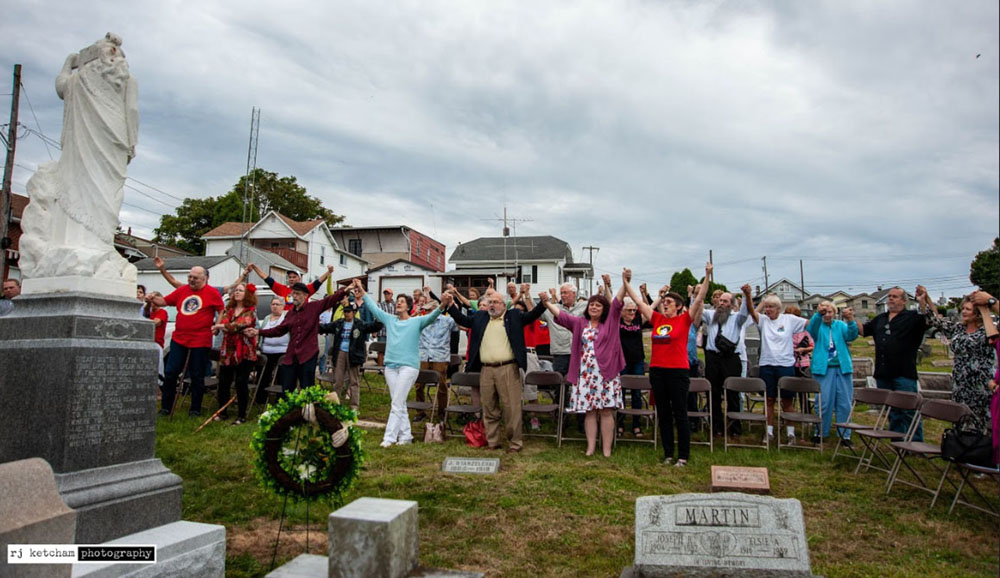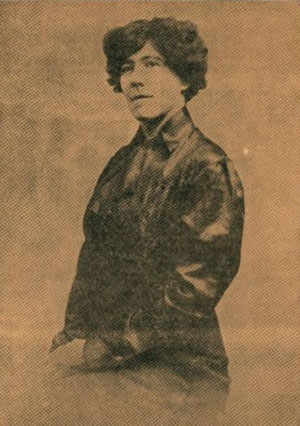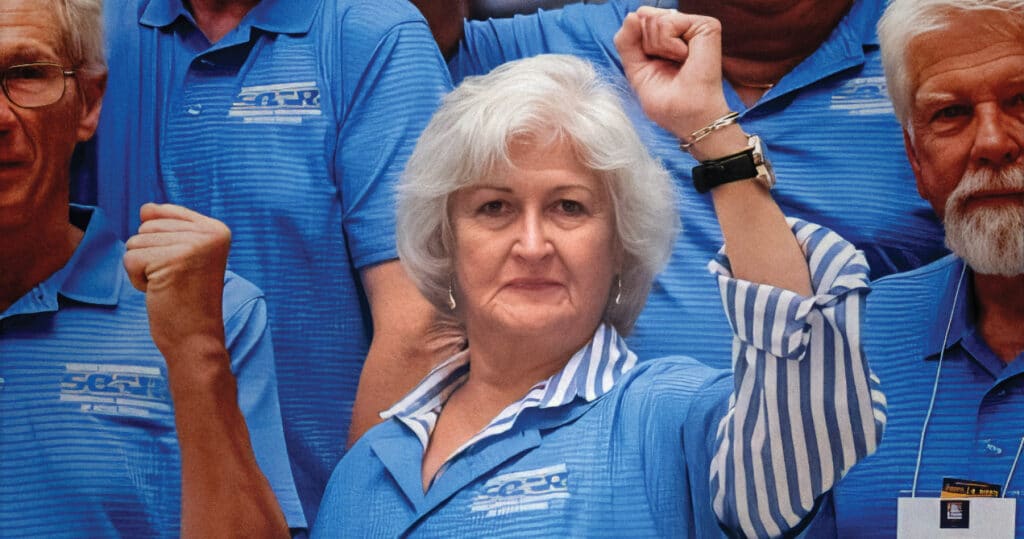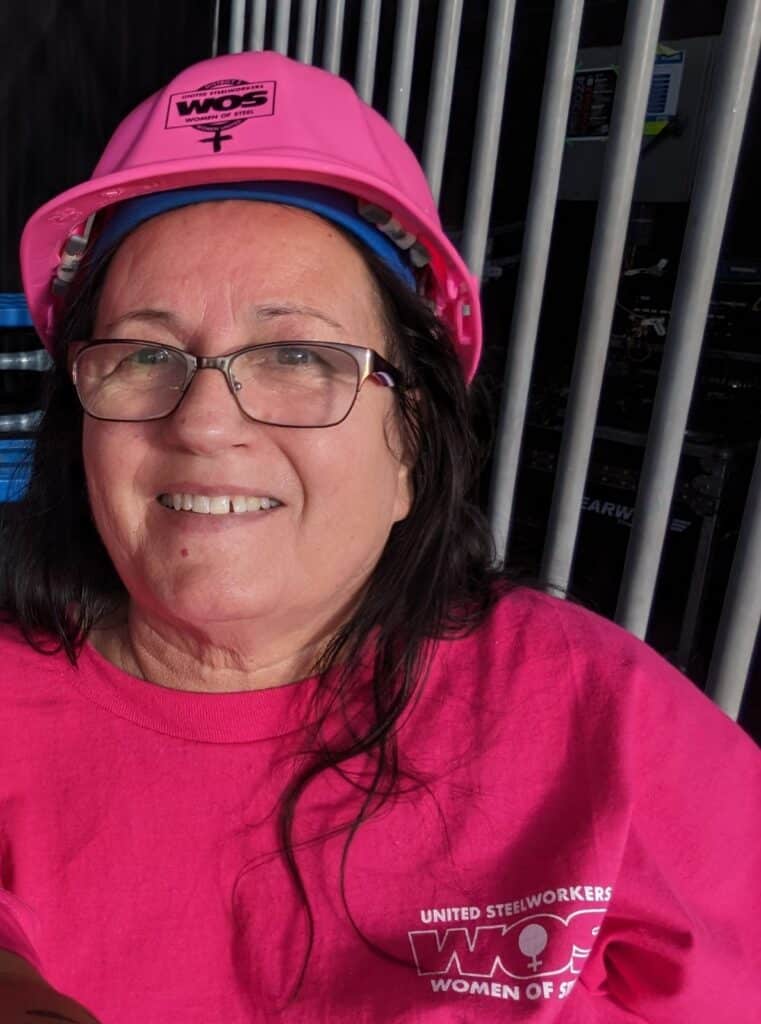Slain labor activist Fannie Sellins commemorated in Pennsylvania
Local 1196, the Battle of Homestead Foundation, local historical societies and other activists, held a day-long series of events on Aug. 26 outside of Pittsburgh, Pa., to honor a true Woman of Steel, Fannie Sellins, on the 100th anniversary of the fierce activist’s murder.
In August of 1919, union organizer Fannie Sellins was walking a picket line with striking workers at Allegheny Coal and Coke Co. When she saw guards brutally beating a picketing miner, she rushed to his aid. Deputies opened fire, hitting Sellins four times, and then proceeded to beat her until they crushed her skull.

Both Sellins and Joe Strzelecki, the miner she tried to help, died that day. Although there were dozens of witnesses to the crimes, the deputies’ convictions were tossed out in court.
“Fannie Sellins gave her life in the attempt to put an end to the suffering of miners and their families, to lead them out of wage slavery,” International Vice President Leeann Foster told the crowd during a memorial event at the Local 1196 union hall in Brackenridge, not far from the site where Sellins and Strzelecki were murdered.
The day included a ceremony at the site of the killings, a luncheon featuring tributes to Sellins, and finally a twilight memorial at the cemetery where the labor martyr was laid to rest.
“Fannie Sellins was a proud union woman. She fought for a better life for herself, her family, her sisters and brothers, all workers and union members,” said Foster, who oversees the union’s Women of Steel program.
Although Sellins’ death came more than two decades before the founding of the USW, her activism and dedication to the cause of labor helped lead to the creation of the union and continues to serve as an inspiration for Steelworkers everywhere.
 Sellins’ willingness to stand up to injustice is a powerful lesson for Americans even 100 years later, said Women of Steel Director Ann Flener-Gittlen.
Sellins’ willingness to stand up to injustice is a powerful lesson for Americans even 100 years later, said Women of Steel Director Ann Flener-Gittlen.
“History shows us the many sacrifices others made so we can have a better life,” Flener-Gittlen said. “We owe her and others like her our dedication to keep the union movement strong.”
Today, a stone sits at the very spot where Sellins was killed, though the site is now part of an elderly couple’s yard in a residential community. The family that owns the land recently granted Local 1196 permission to excavate the stone so members can preserve and display it for future generations of Steelworkers.
Maintaining Sellins’ legacy and continuing to share her story is important, especially at a time when the political environment for union members and immigrant workers so closely mirrors the one Sellins and her fellow organizers faced 100 years ago, Foster said.
Anti-immigrant and anti-union rhetoric were as rampant in 1919 as they are today. Employment rosters at mines and factories in those days included large numbers of immigrant workers, and union organizers faced an intense backlash from corporate and political foes, as well as the company-controlled media.
“In thinking about the future of our important work to build and defend working people and build our movement, we can look at Fannie Sellins and take our cues from her fights,” Foster said. “Fannie’s leadership and bravery in the face of overwhelming corporate power and abuse inspires us to follow in her footsteps.”
By clicking Sign Up you're confirming that you agree with our Terms and Conditions.
Recent News Articles
Want to Learn More?
See how the USW is making a real difference in our communities and our workplaces.

